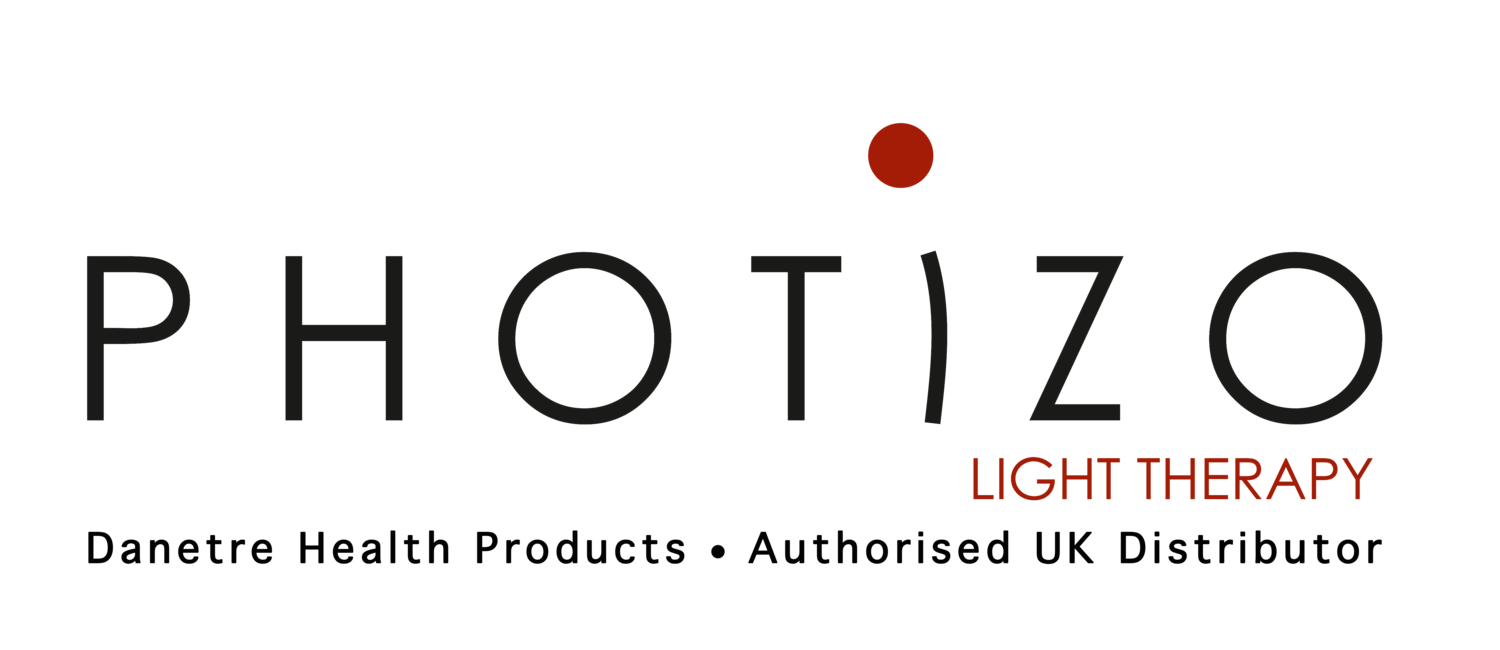Using Red Light Therapy to treat injuries in horses participating in endurance racing
Endurance riding is a competition to test the competitor’s ability to safely manage the stamina and fitness of the horse over an endurance course in a competition against the track, the distance, the climate, the terrain and the clock. By its very nature, endurance riding can be extremely hard on the horse, with a number of injuries common to the sport.
Stone bruising is one common injury, which, although not usually serious, can put an end to your ride. The horse will experience mild to marked pain. You will not note any swelling, but the pain will cause lameness, which will not likely improve, without intervention.
Sprains and strains to soft tissues, tendons and ligaments are also fairly common. These injuries can cause mild, marked or severe pain. You will notice swelling and possibly heat in the affected area. The horse will also exhibit lameness.
Also very common are abrasions and lacerations. These injuries can appear severe, but usually are nothing more than superficial wounds. The horse may lose what seems to be a significant amount of blood from a superficial wound, so it is wise to gauge the injury based on the amount of pain it is causing the horse and the location of the injury.
An injury in and around a joint is much more serious than a small laceration that is only skin deep or involves minimal muscle tissue. Exposed tendon or bone is also serious and should be treated carefully.
The most important method of preventing such injuries is to be certain your horse is conditioned for the terrain and distance you will be riding. Often veterinary intervention will be required. While Photizo Vetcare is not a replacement for such specialised treatment, it can greatly assist in speeding up the healing process.
Photizo Vetcare’s healing power will help to:
Stimulate the production of collagen. Collagen is an essential protein used to repair damaged tissue. It is the most common protein found in the body.
Increase circulation almost immediately. By helping to generate an increase in blood flow to the treatment areas the light therapy normalises and heals injured cells. By increasing blood flow more oxygen and nutrients are transported to the affected area, and waste products taken away.
Reduce oedema (swelling). Oedema has two components, liquid and protein. Researchers have shown that the lymph diameter and the flow of the lymph system can be nearly doubled with the use of light therapy.
Stimulate the release of endorphins which are the body’s own pain-fighting chemicals.

